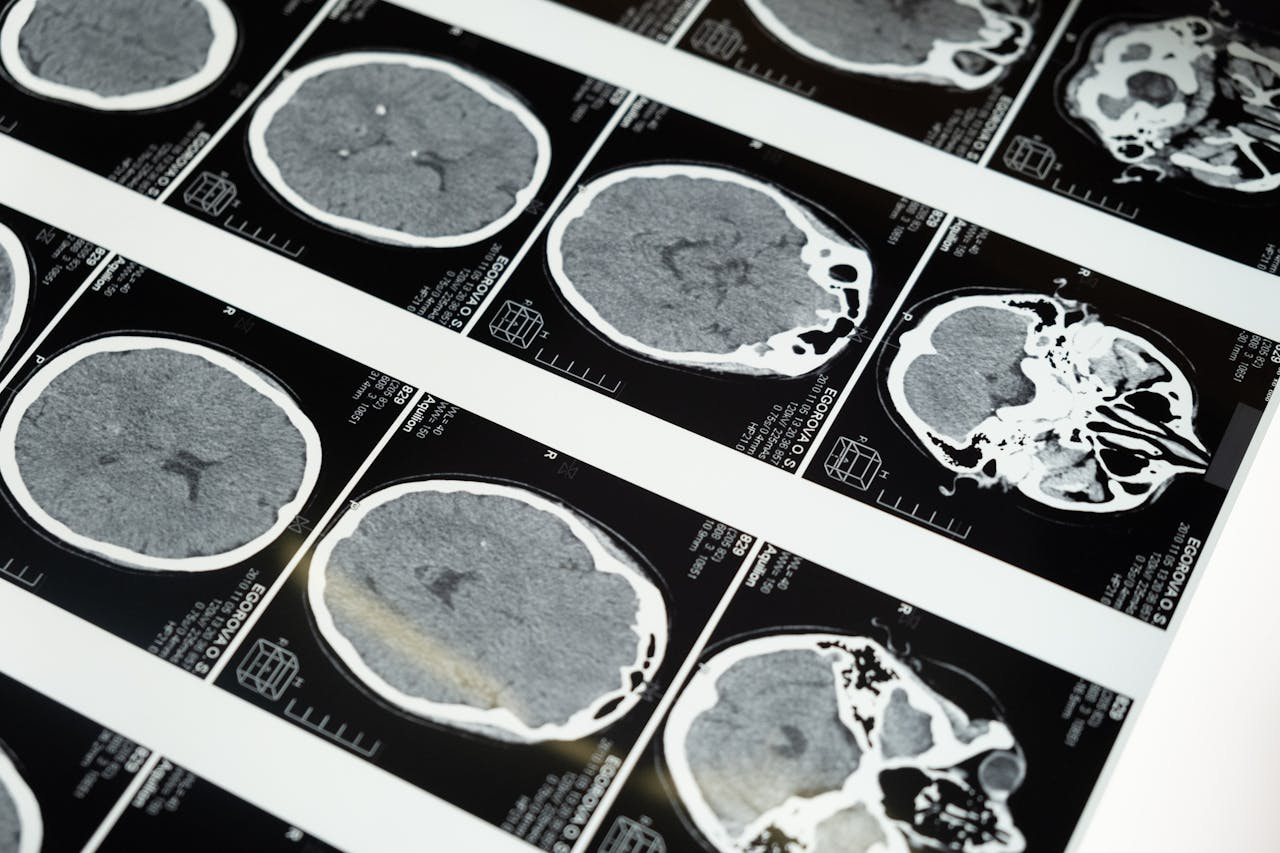Brain tumors are abnormal growths of cells within the brain that can be either benign (non-cancerous) or malignant (cancerous). While the idea of a brain tumor can be frightening, understanding the symptoms, diagnosis, and treatment options can help alleviate some of the anxiety associated with this condition.
Symptoms of Brain Tumors
The symptoms of a brain tumor vary depending on the tumor’s size, type, and location within the brain. Common symptoms include persistent headaches, often worse in the morning or during physical activity. Some patients experience seizures, which may be the first indication of a brain tumor. Other symptoms can include nausea or vomiting, changes in speech or vision, balance issues, and unexplained mood changes. Cognitive symptoms such as memory problems or difficulty concentrating can also occur. If you or someone you know experiences these symptoms, it is important to consult a healthcare professional for further evaluation.
Diagnosis of Brain Tumors
Diagnosing a brain tumor typically involves several steps. The first step is a neurological exam, where a doctor assesses the patient’s vision, hearing, balance, coordination, strength, and reflexes. Any abnormalities can help pinpoint the area of the brain that may be affected.
Imaging tests are crucial for diagnosing brain tumors. A Magnetic Resonance Imaging (MRI) scan is the most common and effective tool for detecting brain tumors. In some cases, a Computerized Tomography (CT) scan may also be used. If a tumor is detected, further tests, such as a biopsy, may be conducted to determine the tumor’s type and whether it is benign or malignant.
Treatment Options
Treatment for brain tumors depends on several factors, including the tumor’s type, size, location, and whether it is benign or malignant. Surgery is often the first line of treatment, especially if the tumor is accessible and can be removed without damaging vital brain tissue. The goal of surgery is to remove as much of the tumor as possible while preserving neurological function.
For malignant tumors or tumors that cannot be fully removed through surgery, additional treatments like radiation therapy and chemotherapy may be necessary. Radiation therapy uses high-energy beams to destroy tumor cells, while chemotherapy involves using drugs to kill or inhibit the growth of cancerous cells.
Conclusion
While a brain tumor diagnosis can be daunting, early detection and a comprehensive treatment plan can significantly improve outcomes. Regular check-ups and paying attention to symptoms are crucial. If you or a loved one is experiencing symptoms associated with brain tumors, consult a neurosurgeon or neurologist for an accurate diagnosis and timely treatment.

